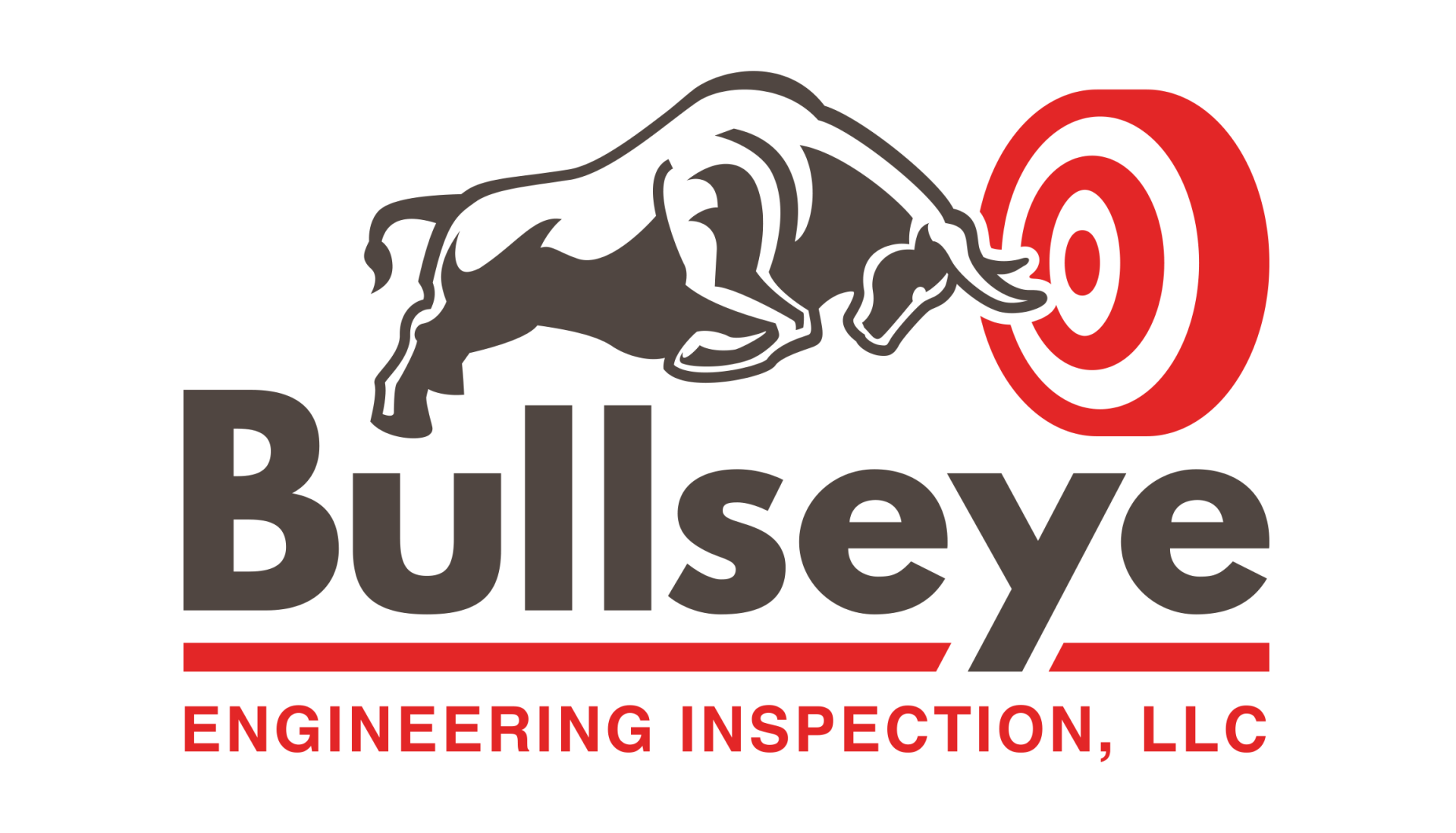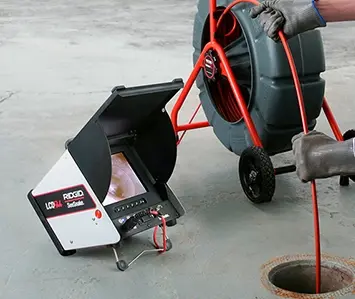
What is a Sewer Scope Inspection?
A sewer scope inspection is a vital procedure that involves using a specialized camera to inspect the condition of your sewer line. It helps identify blockages, leaks, root intrusions, and other issues that may be lurking in your underground pipes.
During the inspection, the camera is inserted into the sewer line through an access point, allowing the technician to view real-time footage of the interior of the pipes. This visual assessment provides valuable insights into the overall health of your sewer system.
By pinpointing problems early on, a sewer scope inspection can prevent major issues down the line, such as sewage backups, costly repairs, and property damage. It’s a proactive approach to maintaining your home’s plumbing infrastructure.
Importance of Regular sewer scope inspections
Regular sewer scope inspections are crucial for ensuring the longevity and efficiency of your sewer system. Over time, debris, grease, tree roots, and other obstructions can accumulate in your pipes, leading to clogs and structural damage.
By scheduling routine inspections, you can catch issues early and address them before they escalate into larger, more costly problems. This proactive maintenance approach can save you time, money, and the hassle of dealing with unexpected sewer emergencies.
Moreover, regular sewer scope inspections can provide peace of mind to homeowners, knowing that their sewer lines are in top condition. It’s an investment in the long-term health of your property and a proactive step towards avoiding inconvenient plumbing issues.
Factors Influencing Inspection Frequency
Several factors determine how often you should get a sewer scope inspection in Houston. The age of your property, the presence of mature trees near your sewer line, and any previous plumbing issues can all influence the frequency of inspections.
If your home is older or surrounded by large trees, you may need more frequent inspections to monitor the condition of your sewer line effectively. Similarly, if you’ve experienced recurring plumbing issues, it’s advisable to schedule inspections more frequently to prevent future problems.
Additionally, the general rule of thumb is to have a sewer scope inspection at least every 2-3 years for preventive maintenance. However, individual circumstances may warrant more frequent inspections to ensure the optimal performance of your sewer system.
Recommended Frequency for Sewer Scope Inspections in Houston
In Houston, where hot and humid weather can accelerate the deterioration of sewer lines, it’s recommended to have a sewer scope inspection every 18-24 months. This timeframe allows for timely detection of any issues and proactive maintenance to keep your sewer system running smoothly.
However, if you notice signs of a sewer problem such as slow drains, foul odors, or sewage backups, don’t wait for the scheduled inspection—contact a professional immediately. Prompt attention to these warning signs can prevent further damage and costly repairs.
Remember, investing in regular sewer scope inspections is an investment in the longevity and efficiency of your plumbing system. It’s a proactive measure that can save you from the inconvenience and expense of dealing with unexpected sewer line problems in the future.

